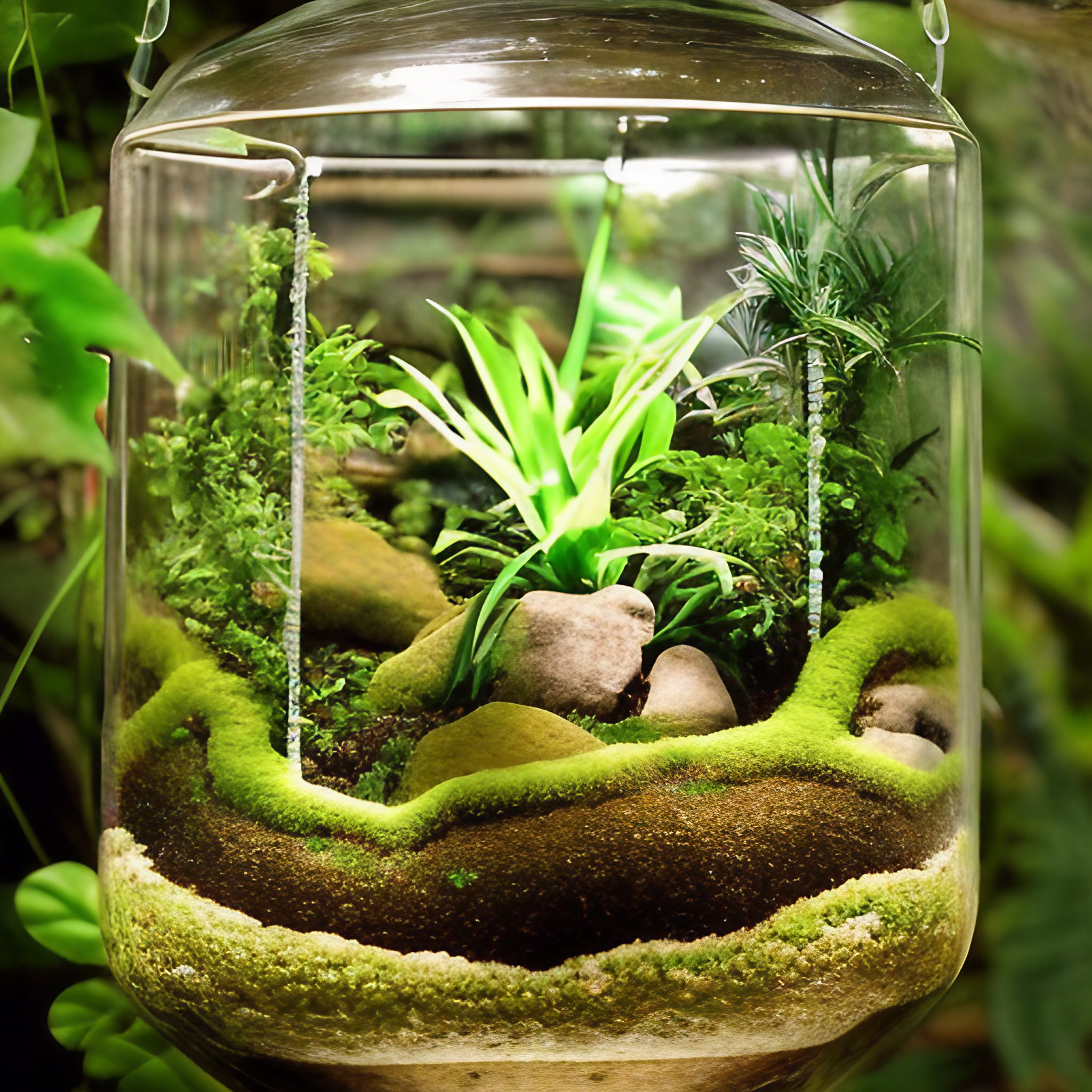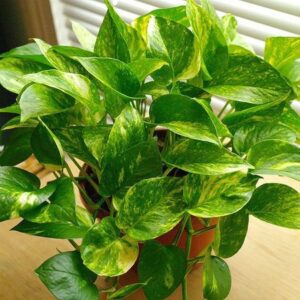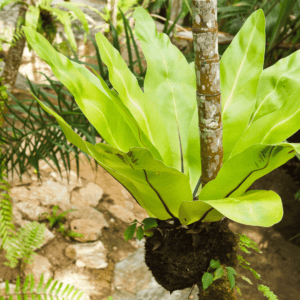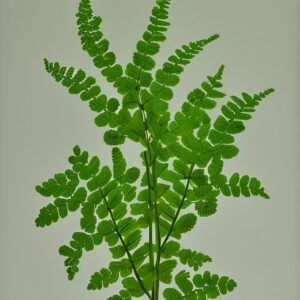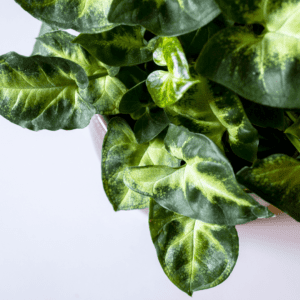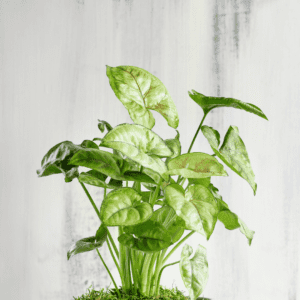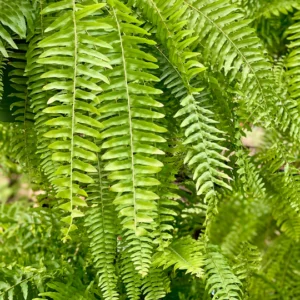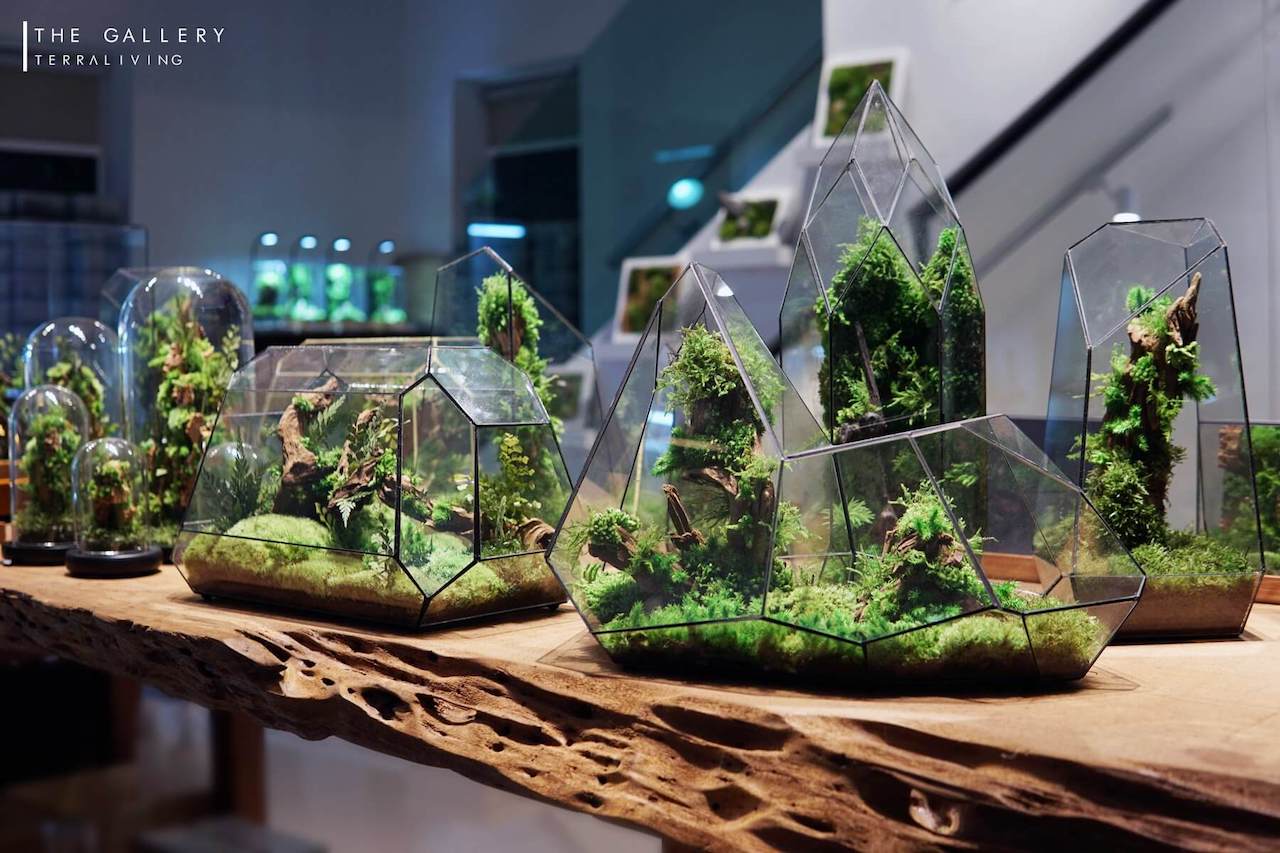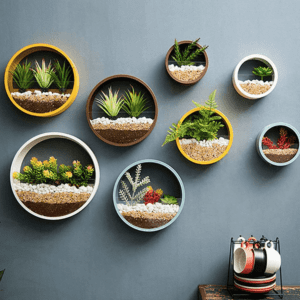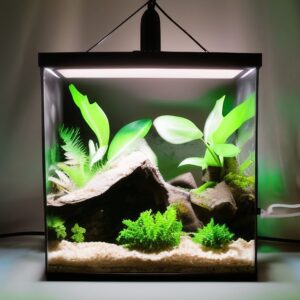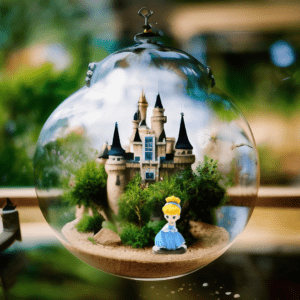
If you’re looking for a low-maintenance plant to add to your home, closed terrariums are a great option. Here’s a list of some of the best plants for closed terrariums, so you can choose the right one for your space.
A terrarium is a unique and captivating way to bring nature indoors, and a closed terrarium is the perfect choice for anyone who wants to create their own beautiful, self-sustaining ecosystem.
Closed terrariums are completely sealed off from the outside world, creating a microclimate that encourages the moisture and heat inside to become trapped in the environment, unleashing an abundance of creative possibilities.
Because they are sealed off from external sources of light and water, these self-contained environments require minimal maintenance; they actually thrive best when left undisturbed. The beauty of a closed terrarium lies in its ability to evolve into its own little world; with the right soil and plants you can watch as it changes color and texture over time.
From lush green landscapes complete with mossy carpets, to cascading hikes lined with leafy boughs: the opportunities for creativity are limitless! Not only do closed terrariums add character to any space, but they also make great gifts that bring joy for years to come. With just a few simple steps – potting soil, plants and gravel – anyone can create their very own miniature garden paradise!
Plants Suitable for Closed Terrariums
Caring for Closed Terrariums
Caring for a closed terrarium is a great way to keep your plants thriving, and it’s not as difficult as it may seem. First and foremost, watering must be done carefully.
Generally, the terrarium’s environment should contain enough moisture that you don’t need to water at all. If over time you notice that the soil begins to dry out, use a spray bottle or eyedropper to moisten the top layer of soil. Allow excess water to drain away before closing the lid again to avoid overwatering.
Secondly, make sure your terrarium is receiving enough sunlight. Most closed terrariums won’t require full sun exposure, but an area with natural light will be beneficial. Keep in mind that too much direct sunlight can cause the temperature inside the container to reach dangerous levels, so you may have to adjust its location through the day or move it into partial shade during peak hours of light.
Finally, monitor your terrarium closely for signs of pest activity and address them quickly if they arise – otherwise they could quickly overrun your closed environment and do serious damage! With regular attention, you should find that caring for a closed terrarium is an easy and enjoyable experience.
Check out some of these terrarium plants that will do great in a closed terrarium environment.
Want more terrarium plant ideas?
Visit our Terrarium Plant Library
A terrarium plant database to help you find the best plants for your terrarium. Check out our guide to the best plants for terrariums and information on how to care for terrarium plants. Check it out >

